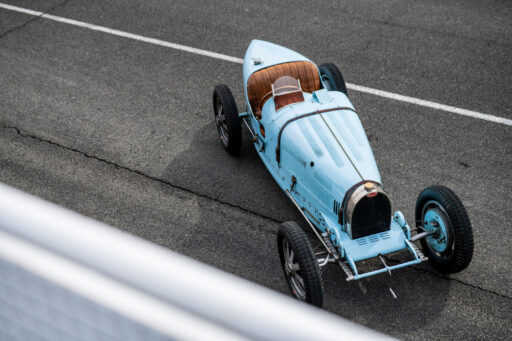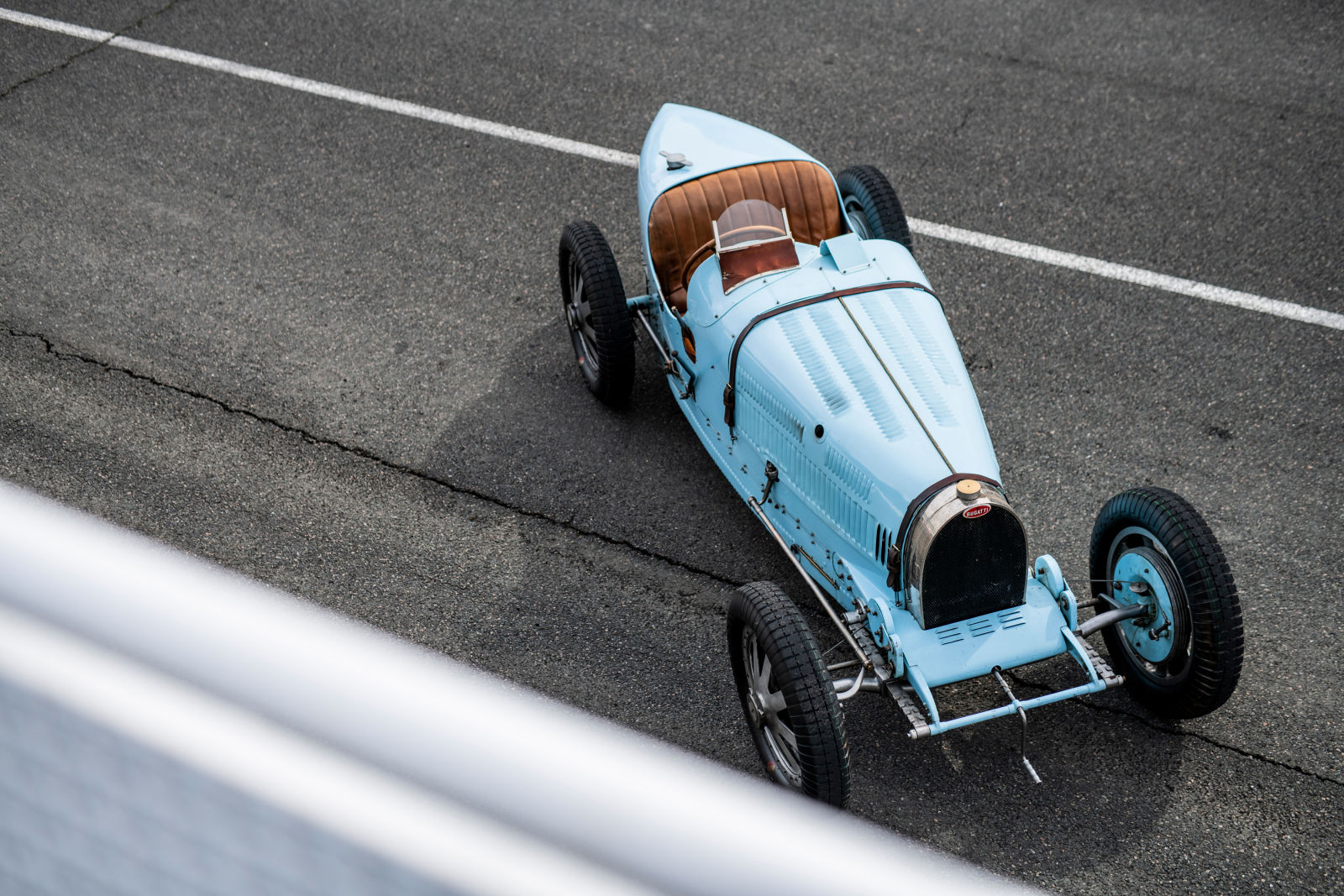The Bugatti Type 35 remains one of the most iconic race cars in automotive history, dominating motorsports from the mid-1920s to the early 1930s. Whether it was epic road races like the Targa Florio or challenging hill climbs like La Turbie, the Type 35 excelled across a wide range of events.
At its peak, the car averaged 12 race victories per month, with its crowning achievement being the 1926 Grand Prix World Championship. From 1925 to 1929, it claimed five consecutive victories in the grueling Targa Florio race in Sicily.
READ MORE: Subaru Unveils Pricing for 2025 BRZ: Affordable Performance and Upgraded Features
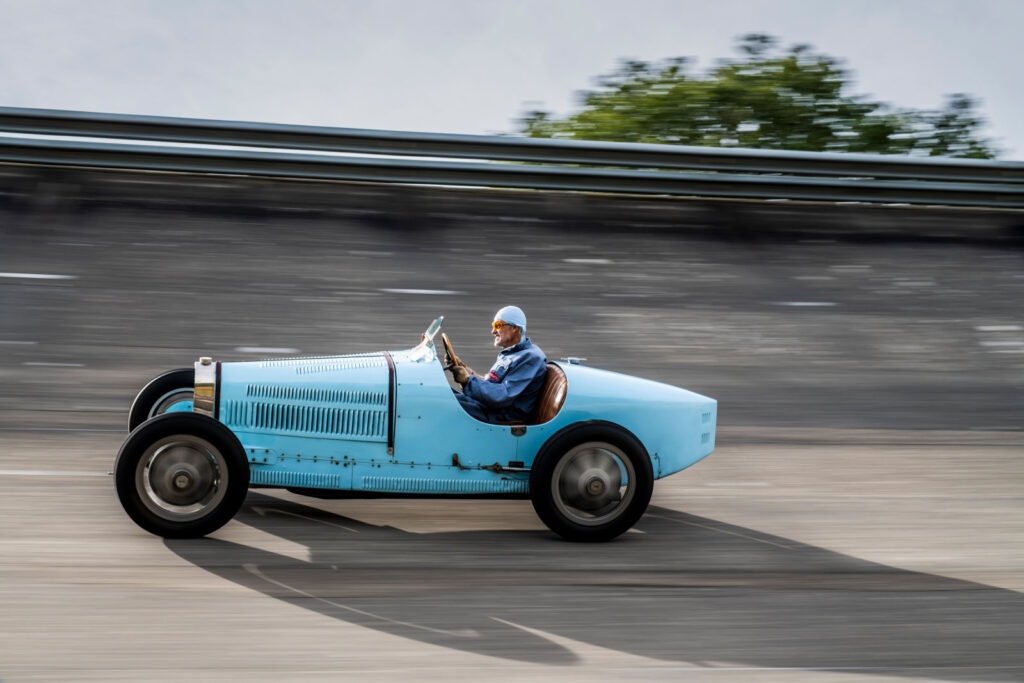
Designed by Ettore Bugatti, the Type 35 was a marvel of precision engineering. It was not just the car’s superior design that contributed to its unprecedented success, but also the way it made drivers feel—a sense of confidence and joy that pushed them to succeed under the toughest conditions.
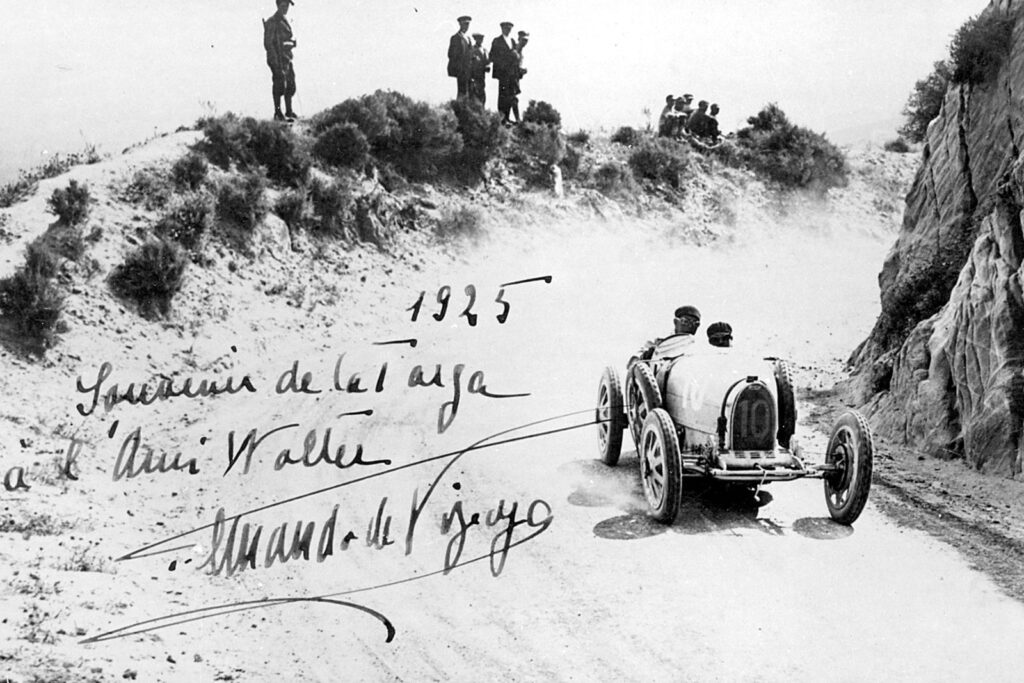
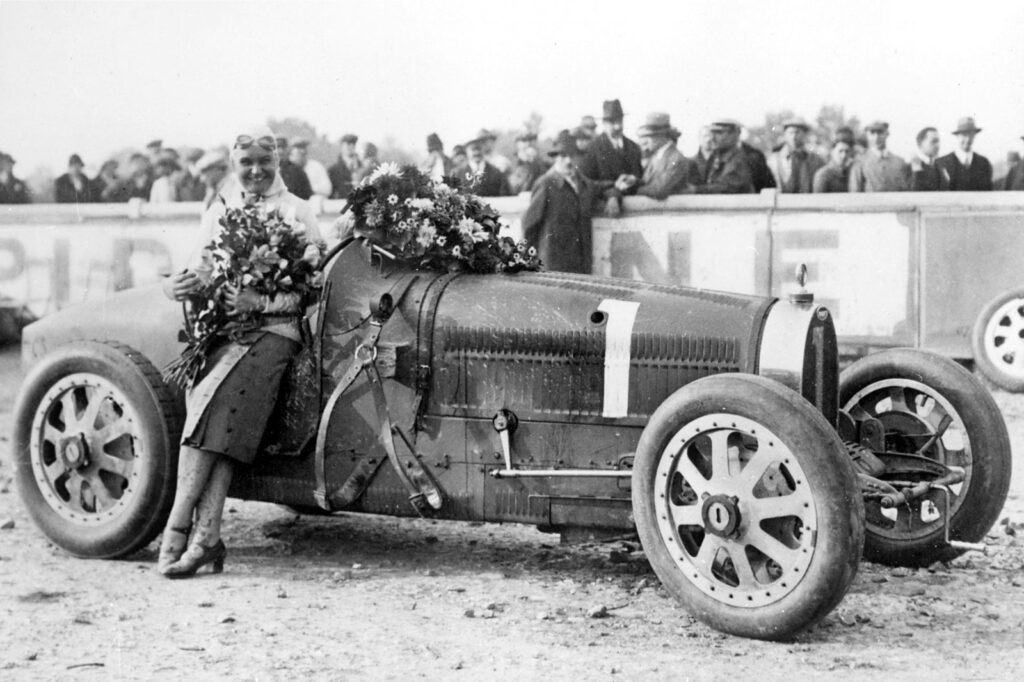
Hill climbs were just as prestigious as road races during the Type 35’s era, and the car’s power-to-weight ratio and agility made it an unstoppable force on steep inclines. This legacy started with the Bugatti Type 13 and continued with the Type 35’s victories at famous climbs like La Turbie, where René Dreyfus triumphed in 1930.
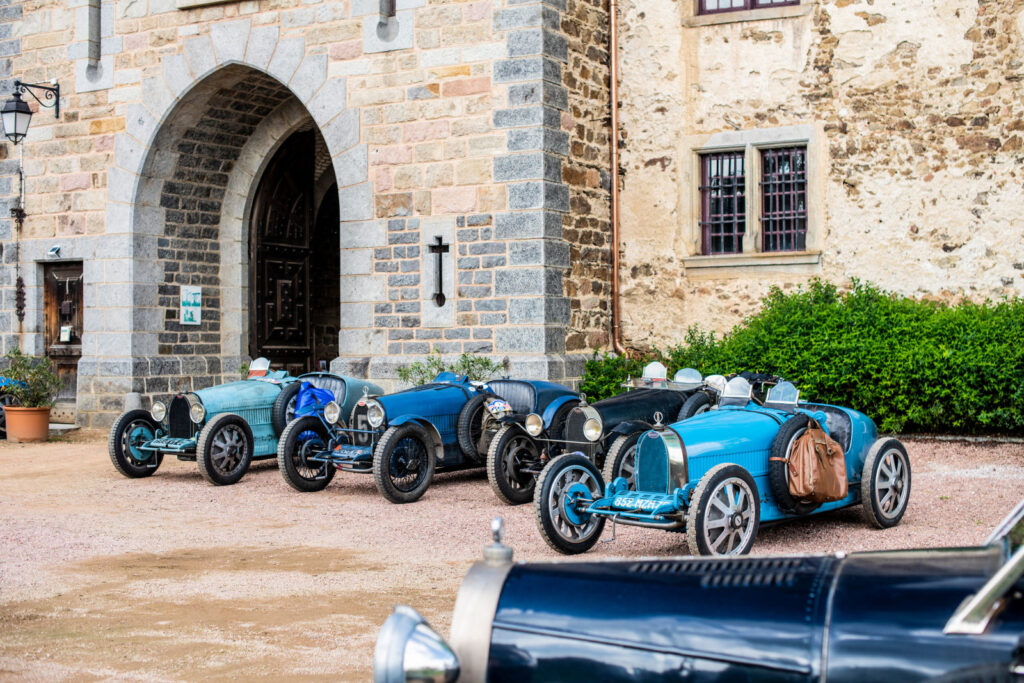
The Type 35 was virtually unbeatable in 1928, claiming 23 wins out of 26 international races, including 11 Grand Prix victories and another win at the Targa Florio. The following year saw even more triumphs, such as Louis Chiron’s victory at the Grand Prix of Nations at the Nürburgring, where he outpaced Germany’s best drivers.
The same year, William Grover-Williams piloted a Type 35B to victory in the inaugural Monaco Grand Prix, solidifying the car’s place in racing history.

Among its lesser-known victories was the Grand Prix de La Baule, a race held on the beach in France where British driver George Eyston and French driver Pierre Blaque-Belair claimed wins in 1927 and 1928, respectively.
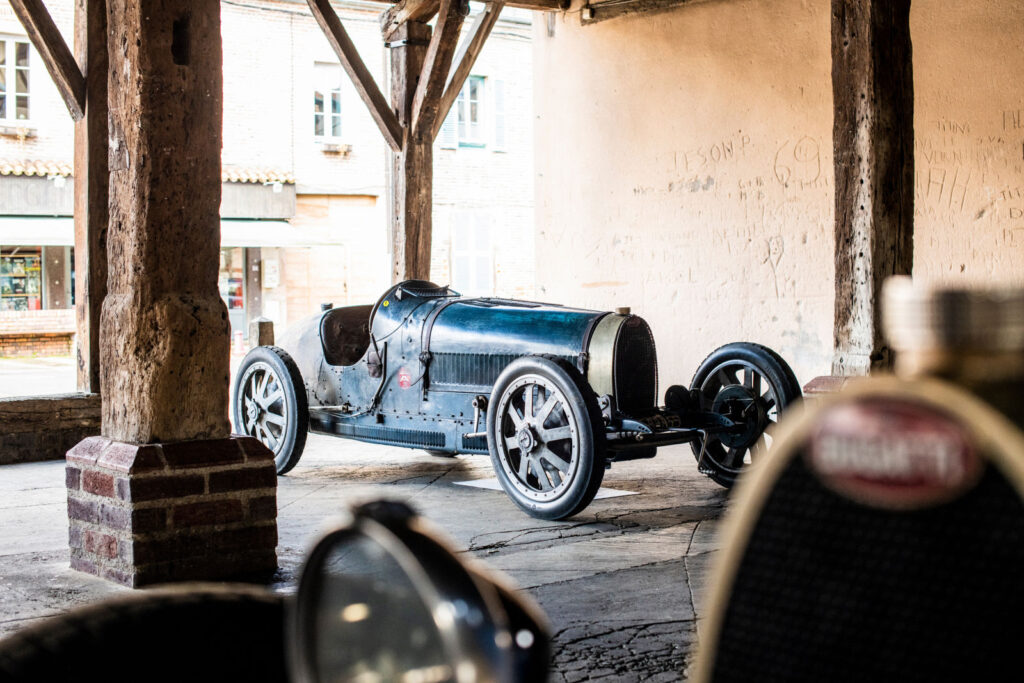
By the early 1930s, newer models began to eclipse the Type 35, but its legacy was already secured. Even 100 years later, the Bugatti Type 35 continues to inspire, with enthusiasts still racing it and celebrating its engineering brilliance on tracks and hill climbs worldwide. The Type 35 is not just a museum piece—it’s a living legend, still competing and winning to this day.
READ MORE: BMW Unveils M Performance Parts for the New M5 Touring
Subscribe today for the freshest car news delivered to your inbox
